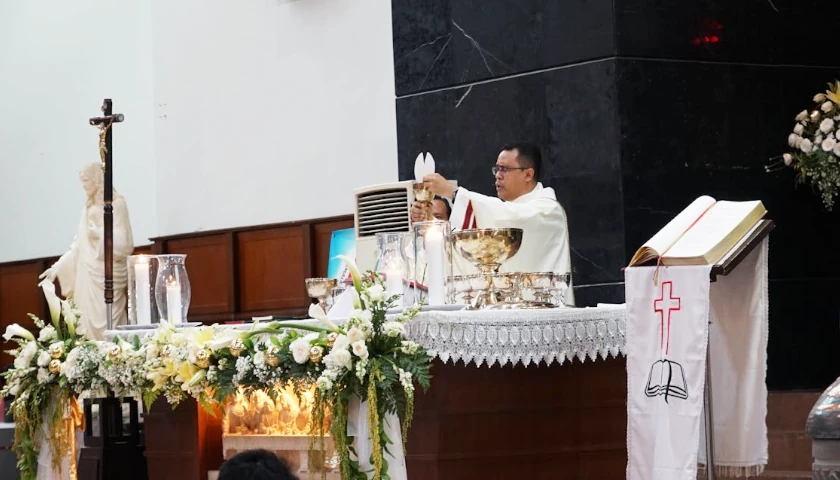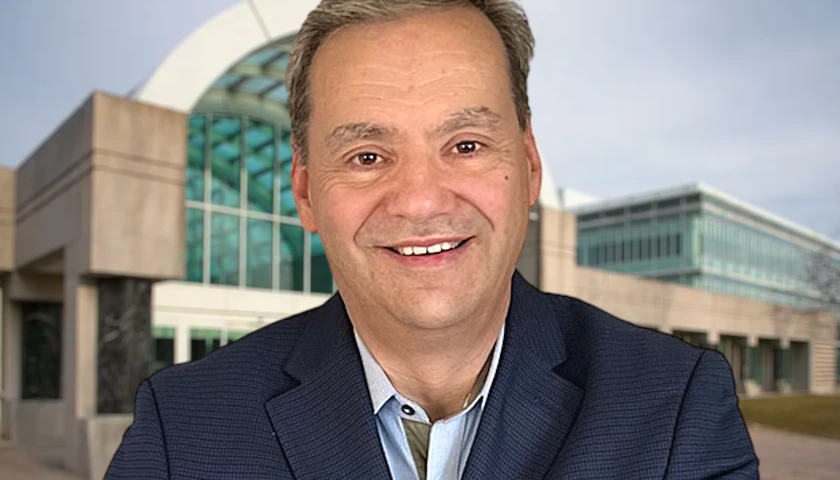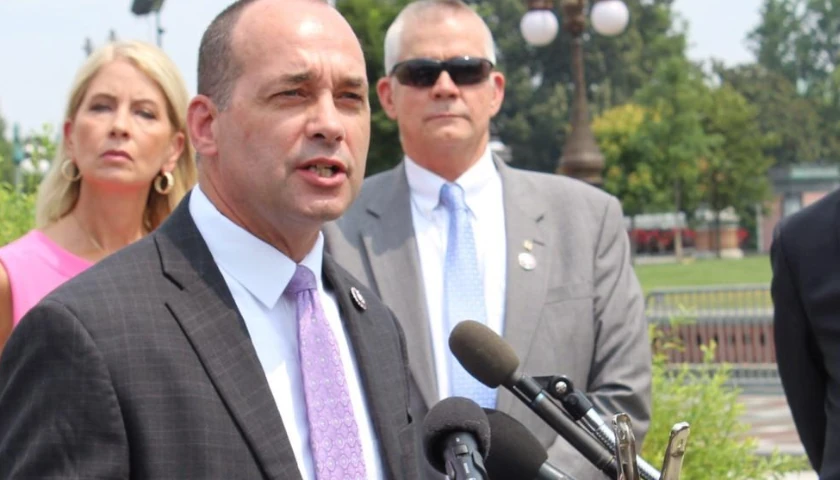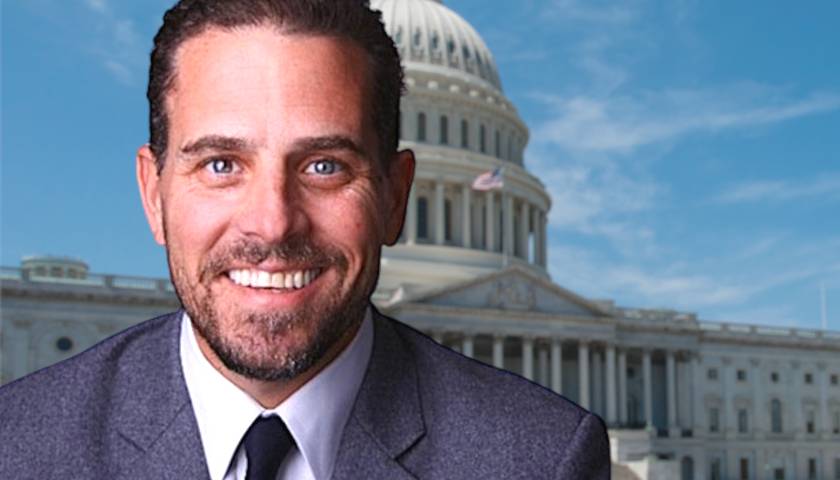by Mary Frances Myler
A new study by Catholic market research company Vinea Research found that belief in the true presence of Christ in the Eucharist is greater than a 2019 Pew Research study previously estimated.
Pew Research had found that 69 percent of U.S. Catholics personally believe that “the bread and wine used in Communion ‘are symbols of the body and blood of Jesus Christ.’” By contrast, only 31 percent of Catholics said that they believe that “the bread and wine actually become the body and blood of Jesus.”
These statistics alarmed many practicing Catholics — and for good reason. The Catholic Church calls the Eucharist the “source and summit of the Christian life,” which contains “the whole spiritual good of the Church, namely Christ himself.” The results of the Pew Research study indicated that most Catholics didn’t personally believe the central tenet of their professed faith.
But the Pew Research study had a critical flaw. As Vinea Research explains: “‘Actually become,’ is not language that the Catholic Church uses in teaching on transubstantiation.” Instead, the Catechism articulates that “the body and blood, together with the soul and divinity, of our Lord Jesus Christ … is truly, really, and substantially contained.” Catholics commonly use the phrases “true presence” or “real presence” to capture the mystery of the Eucharist.
Picking up on this small, but vital, difference in wording, Vinea Research framed its study by asking, “How would the results differ if better Catholic terminology were used?” Vinea organized a study with a sample of 2,259 self-identified Catholics, who were divided into two groups. One group was surveyed with the same wording as Pew Research, while the other group was surveyed with language that more closely matches the Church’s language for Eucharistic theology.
Vinea asked respondents to select from the following options:
Which of the following best describes Catholic teaching about the bread and wine used for Communion?
- Jesus Christ is truly present in the bread and wine of the Eucharist
- Bread and wine are symbols of Jesus, but Jesus is not truly present
- Not sure
Regardless of the official teaching of the Catholic Church, what do you personally believe about the bread and wine used for Communion?
- Jesus Christ is truly present in the bread and wine of the Eucharist
- Bread and wine are symbols of Jesus, but Jesus is not truly present
Where the 2019 Pew Research survey found that about one in three Catholics agree with the Church’s teaching on the Eucharist, Vinea Research measured 41 percent agreement when respondents were surveyed with the wording from the Pew study.
But when people were polled using Vinea’s survey language, 69 percent of Catholics said that they agree with the Church’s teaching on the Eucharist. The survey also found that over 80 percent of Catholics who attend Mass once a week believe in the true presence of Christ in the Eucharist, compared to about 50 percent of Catholics who seldom attend.
Hans Plate, the founder and president of Vinea Research, said. “We cannot directly compare the results of the two studies on a research level as sampling methodologies differ … But I think it is very fair to draw the conclusion that Pew greatly underestimated the number of Catholics who actually believe in the True Presence.”
“What this tells me,” he stated, “is that those who believe [the Eucharist] is a symbol are not rejecting Church teaching … They are, rather, misinformed or poorly catechized.”
Still, statistical surveys are poorly suited to the nuanced realities of faith and mystery — as Vinea Research well knows: “Our view is that a simple two-option survey question is suboptimal as an approach to assessing belief in the Real Presence. It can provide a snapshot, but a very imperfect one.”
Though the Pew Research results from 2019 likely failed to represent the true landscape of Eucharistic belief among American Catholics, it spurred a renewed focus on Eucharistic theology at parishes across the nation. And it’s quite possible that this focus led to an increased awareness and acceptance of the Church’s teaching.
Nevertheless, the discrepancy between the 2019 Pew Research and 2024 Vinea Research results is a testament to the gulf between the Catholic Church and secular society. Catholics would be naive to expect secular pollsters or journalists to understand and accurately capture the nuances of the faith. Pew Research no doubt thought that the phrase “actually becomes” captured the Catholic teaching on Christ and the Eucharist. But 2,000 years of teaching and tradition result in a rich theology that can’t really be reduced to social science polling.
Contrasting the artist with the modern scientist, G.K. Chesterton once wrote: “The poet only asks to get his head into the heavens. It is the logician who seeks to get the heavens into his head. And it is his head that splits.”
When it comes to the Eucharist, may we all be poets.
– – –
Mary Frances Myler is a writer from Traverse City, Michigan. Her writing has been published in the American Conservative, the National Catholic Register, Law and Liberty, and the Federalist. Follow her on Twitter at @mfmyler.




